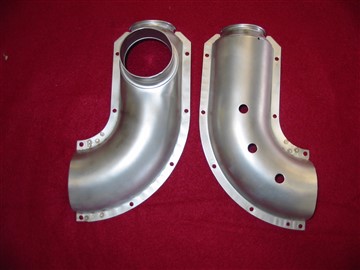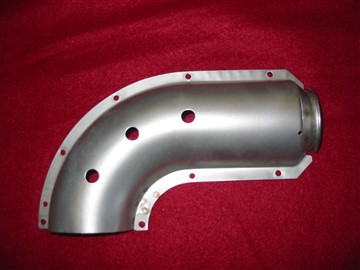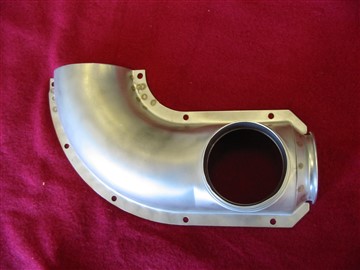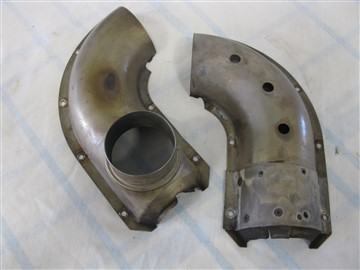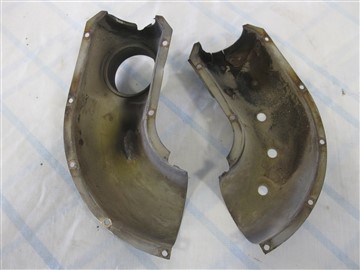My 2001 A1B had 2000 hrs on the exhaust system without any log book entries showing that the system was ever repaired. I bought the plane at auction from the Department of Interior and all of the repair records over the life of the plane were meticulously kept. HOWEVER, I can't be sure that the exhaust system wasn't repaired at some time during the initial ~2000 hours because the aircraft was used in Northern Alaska and at some point, someone made an undocumented modification to the muffler shroud similar to what is described here:
https://flyhusky.com/forum/index.ph...ailblazer-2-blade-composite-prop.1536/page-12 posts #208 through #221. The carb heat source was similarly moved over to the #3 header with parts that look like they came from a Cessna.
With regards to the earlier A1, A1A and A1Bs, could anyone please provide info regarding problems with their exhaust system cracking at low engine hours?
The way I see it, spending $5,700 for a exhaust system that is prone to cracking isn't worth it when you add in the required service hassle of removing and replacing it every year. I can understand someone that regularly flies in a sub zero environment may want more heat than the stock system can provide and if they can't get legal paperwork to change the heat shroud as described above, then the PowerFlow is the answer.
I did take the time to make a simplified FEA model of the PowerFlow and the natural frequency of the system is ~ 100 Hz, note that if it were the combustion pulses of the engine that is exciting the system to cause cracks, it would translate to ~ 3,000 rpm. I doubt that anyone would be cruising with their engine much above 2,400 rpm (80 Hz impulse frequency) and as such it may not be the primary problem.
The shroud's flange that has a problem with cracks looks to be a poor weld quality problem. On inspection, it looks like it was TIG welded with the interior of the header tube purged with argon. What isn't being done is to back purge the flange in the area where they crack. Look at the back side of the flange and you can see the black carbon (AKA sugar) that resulted from PowerFlow's welding method. The granular disruptions could be the initiation point (stress riser) for the weld to crack to begin.
I asked the PowerFlow manager about the problem and all he said was that if they are provided proof that the aircraft had a dynamic balanced prop and that the system was removed every year to service the slip joint and that the system is in the warranty period, I could send it to them for a free repair. He would not discuss why these are cracking and whether anything different was done with their repair to prevent the cracks from forming again. My PowerFlow is out of warranty so I saw no benefit in sending it in to them instead of taking care of the problem myself. When I get a chance, I will repair the crack and properly back purge both the interior of the tubes along with the back side of the flange when doing it.
So RamBuster, unless you have a problem where you are too cold while flying your new to you Husky, I would say, "don't fix it, if it ain't broke."

